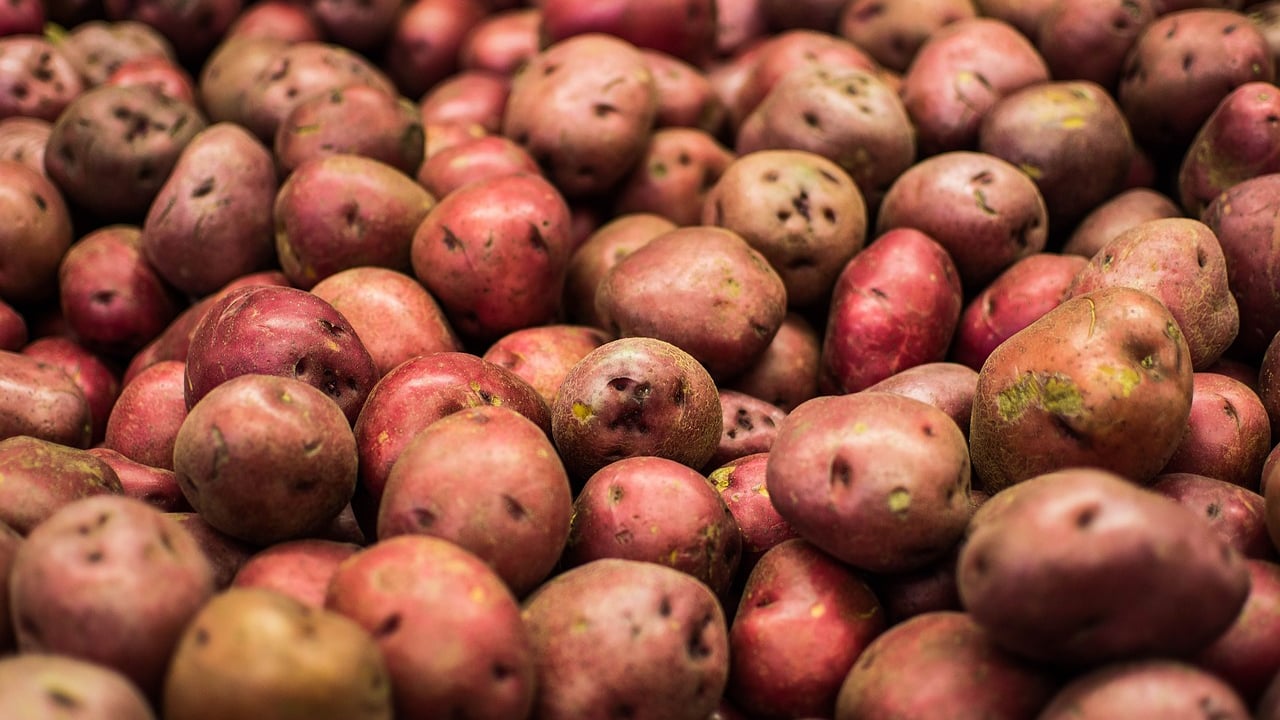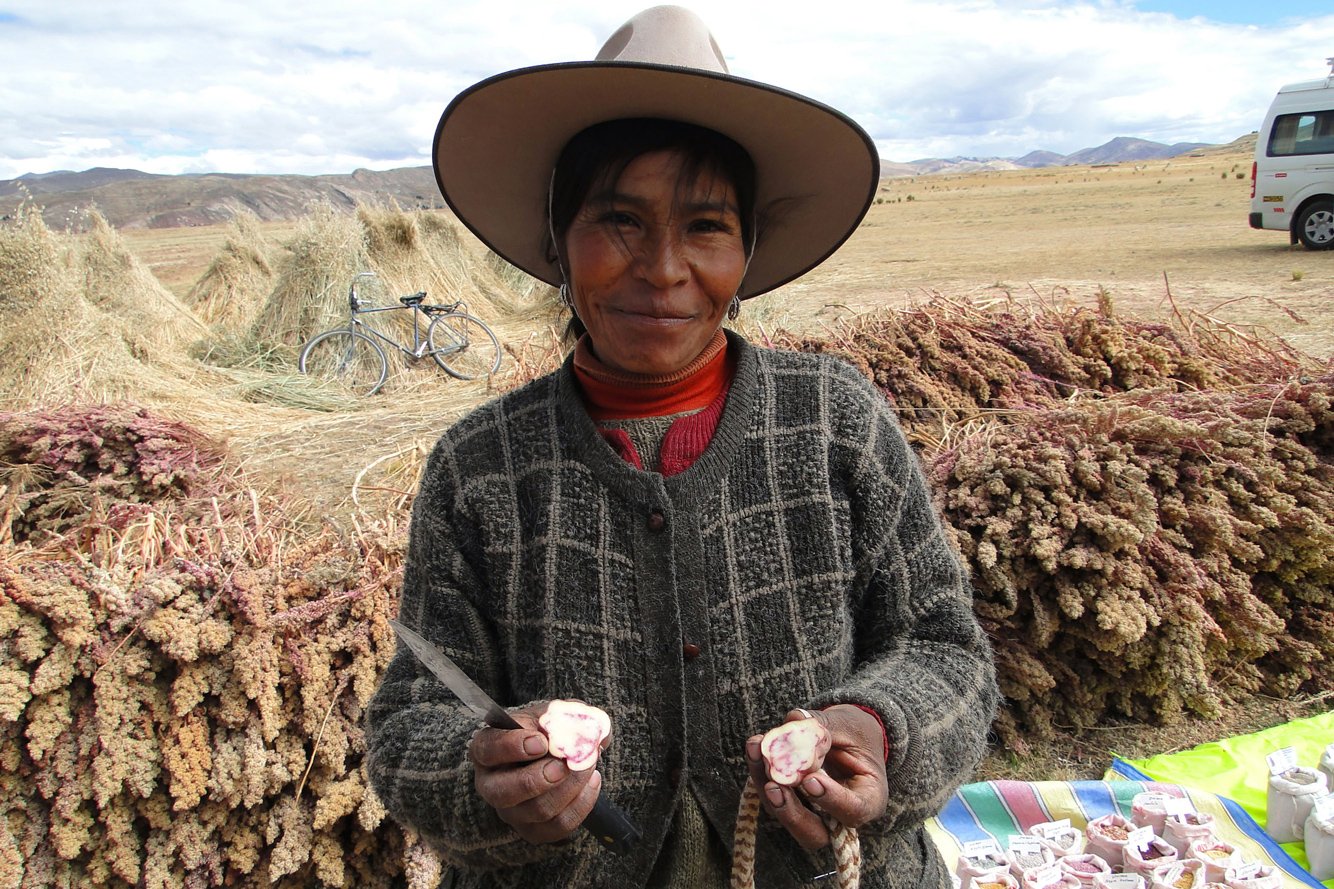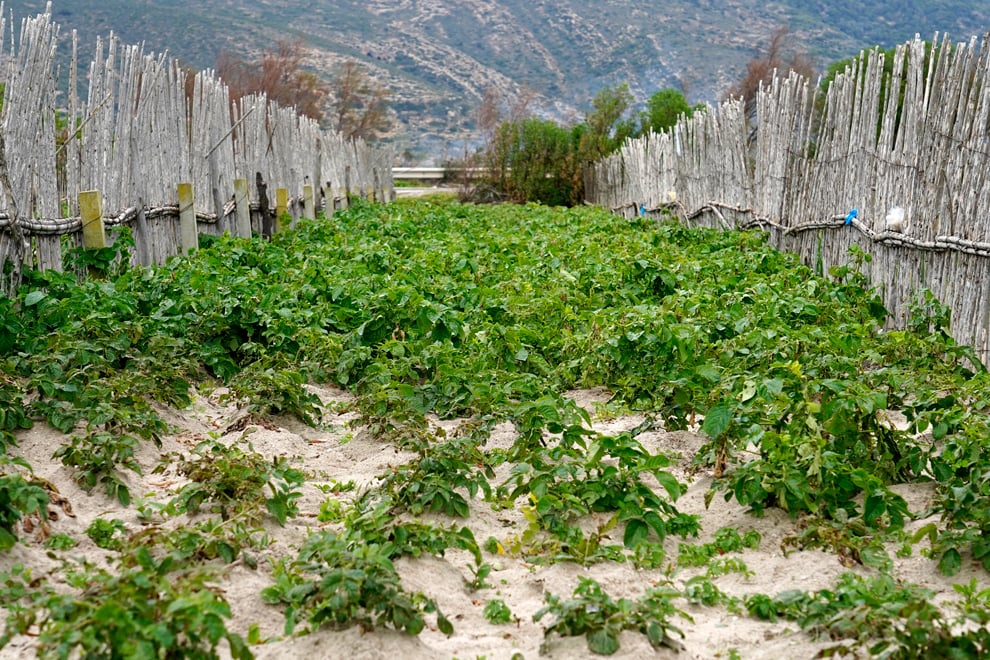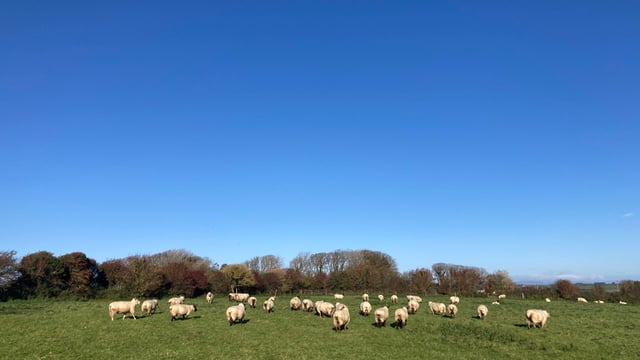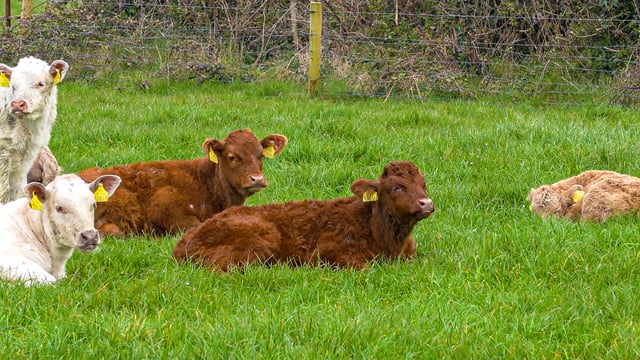Ever wondered where the not so humble potato came from?
It can lay claim to being around for 8,000 years and has undisputed strong links with Ireland but where did the not so humble potato come from?
According to the United Nations' Food and Agricultural Organisation (FAO) an estimated one billion people eat potatoes around the world.
Last week's International Day of Potato highlighted its "enormous global significance" and why it continues to be a staple in the diets of many people around the world.
But where did it first appear?
The potato originated in the Andes of South America where communities of hunters and gatherers began "domesticating wild potato plants" that grew around Lake Titicaca.
In the 16th century, Spanish explorers brought the potato to Europe from Peru, these tubers, initially cultivated in Spain, were later distributed across Europe as exotic gifts.
Sailors quickly recognised their value as a durable food source for long ocean voyages, facilitating its spread and large-scale cultivation worldwide.
Today, it ranks as the third most consumed food globally, crucial for its high yield on minimal land.
The FAO has emphasised that preserving potato diversity is important when it comes to sustaining this vital crop.
Its Globally Important Agricultural Heritage System (GIAHS) programme helps to safeguard traditional farming practices and biodiverse crops around the world and potato crops are a vital component of this.
DNA evidence shows that many modern varieties are closely related to Chilean crops. Indigenous communities in Chiloé historically cultivated up to 1,000 native potato varieties.
In 2024 only 91 remain, preserved by rural women through on-farm conservation activities. These are crucial for local livelihoods and global food security.
In the Andean region, another GIAHS site, farmers cultivate over 4,000 potato species, including wild varieties, at altitudes of 3,300 to 3,800m.
These practices, rooted in traditional knowledge, ensure a key nutritional source for the region. Dehydrated potatoes, known as chuño, are preserved for years and provide vital sustenance during dry periods.
Despite challenges from urban migration, cultural rituals help maintain this agricultural heritage.
In Ghar El Melh, Tunisia, farmers use the Ramli technique to grow crops on sandy beds irrigated by tidal freshwater.
This delicate system, passed down through generations, ensures crops are protected from saltwater.
Potatoes are central to local food production and economic livelihoods due to high market demand.
The mild climate of Barroso, Portugal, makes it ideal for potato cultivation, earning the crop the nickname "white gold".
Potato farming has historically improved living conditions for local families.
The region's potatoes, renowned since the 18th century, have earned a Protected Geographical Indication, highlighting their quality and cultural significance.
According to the FAO for many decades Europe relied on a very small number of potato varieties.
This lack of genetic diversity in crops in Europe made it very vulnerable to diseases.
"A glaring example was the late blight disease that destroyed potato crops in Ireland and led to the Great Famine of 1840," the FAO stated.
Today however the GIAHS programme is helping to safeguard the wide spectrum of the crop’s diversity.
According to the national potato chair of the Irish Farmers’ Association (IFA), Sean Ryan the Irish potato industry remains a critical indigenous sector worth over €105 million at the farm gate.
The IFA estimates that more than 8,000ha is planted annually which "provides consumers with quality, nutritious potatoes all year."
But it has warned that this year because of heavy rainfall potato planting has been disrupted not just in Ireland but across Europe.

